Airbus, the leading aircraft manufacturer, has announced that it more than doubled its deliveries in February 2022 compared to the same period in the previous year. The company delivered a total of 57 aircraft in February, up from 26 deliveries in February 2021.
This surge in deliveries is a positive sign for Airbus, which has been hit hard by the COVID-19 pandemic. The aviation industry has been severely impacted by the pandemic, with many airlines grounding their fleets and delaying orders for new aircraft.
However, the growing demand for new aircraft is a positive sign that the industry is starting to bounce back. Airlines are looking to renew their fleets and replace older, less efficient aircraft with newer, more fuel-efficient models.
The increase in deliveries is good news for Airbus and the aviation industry as a whole.
The A320neo family and the A220 are popular choices for airlines looking to add new aircraft to their fleets. These aircraft are fuel-efficient, have lower operating costs, and offer passengers a comfortable flying experience. The A350 and A330neo are also popular choices for airlines looking for larger, wide-body aircraft.
Also read - Air India Pilots can now fly 2 aircraft types after recent DGCA approval
The Tata Group-owned Air India has announced its commitment to order 250 Airbus aircraft to boost its domestic and international operations. The commitment includes 140 A320neo and 70 A321neo single-aisle aircraft as well as 34 A350-1000 and six A350-900 wide-body jets that will mark a new era for the country as the all-new, long-range aircraft celebrates its debut in the Indian market.
A350 aircraft of choice for Air India’s renaissance in long haul travel and A320 Family to be the cornerstone of Air India’s domestic and regional fleet.
In conclusion, Airbus' announcement that it more than doubled its deliveries in February 2022 is a positive sign for the company and the aviation industry as a whole. The growing demand for new aircraft is a sign that the industry is starting to recover from the pandemic.
Airbus' fuel-efficient aircraft are popular choices for airlines looking to renew their fleets, and the company's efforts to increase production rates are paying off. With the increasing deliveries, Airbus can maintain its position as a leading aircraft manufacturer and support the aviation industry's recovery.
Also read - Air India plans simplified single pay structure for pilots
Read next
After a year of halting 787 Dreamliner deliveries due to production issues, Boeing has received clearance from the Federal Aviation Administration (FAA) to resume deliveries of the aircraft.
The Boeing 787 Dreamliner is a popular aircraft that is widely used by airlines around the world. However, in 2020, the FAA issued an order that prohibited Boeing from delivering any new 787s until the company addressed certain production issues. Specifically, the order cited issues related to the quality of the aircraft's structure, electrical systems, and other critical components.
Boeing has been working diligently to address these issues and improve the quality of its production processes. The company has also been working closely with the FAA to demonstrate that it has addressed all the issues cited in the order.
Boeing Cleared By FAA To Resume 787 Deliveries.
The FAA's decision to clear Boeing to resume 787 deliveries is a significant milestone for the company. It is also good news for airlines that have been waiting for new 787s to add to their fleets. The resumption of deliveries is expected to help airlines that are struggling to meet the growing demand for air travel as more people return to flying following the pandemic.
Boeing's efforts to address the production issues are a clear indication of the company's commitment to safety and quality. The company has invested heavily in new technology, processes, and training to improve the quality of its aircraft and to ensure that they meet the highest safety standards.
Boeing has also implemented new measures to ensure that its suppliers and contractors are meeting the same high standards for quality and safety. These measures include more stringent quality checks, increased oversight, and more frequent inspections.
The resumption of 787 deliveries is an important step forward for Boeing.
However, the clearance to resume deliveries is a positive sign that Boeing is on the right track. The company has shown that it is committed to addressing any issues that arise and to meeting the highest standards for safety and quality.
The clearance by the FAA for Boeing to resume 787 deliveries is a significant step forward for the company and the airline industry as a whole. Boeing's commitment to safety and quality is evident, and the resumption of deliveries is good news for airlines and passengers alike.
Read next
AirAsia India links the DGCA's eGCA platform with the pilot flight duty logbook
Radhika Bansal
13 Mar 2023
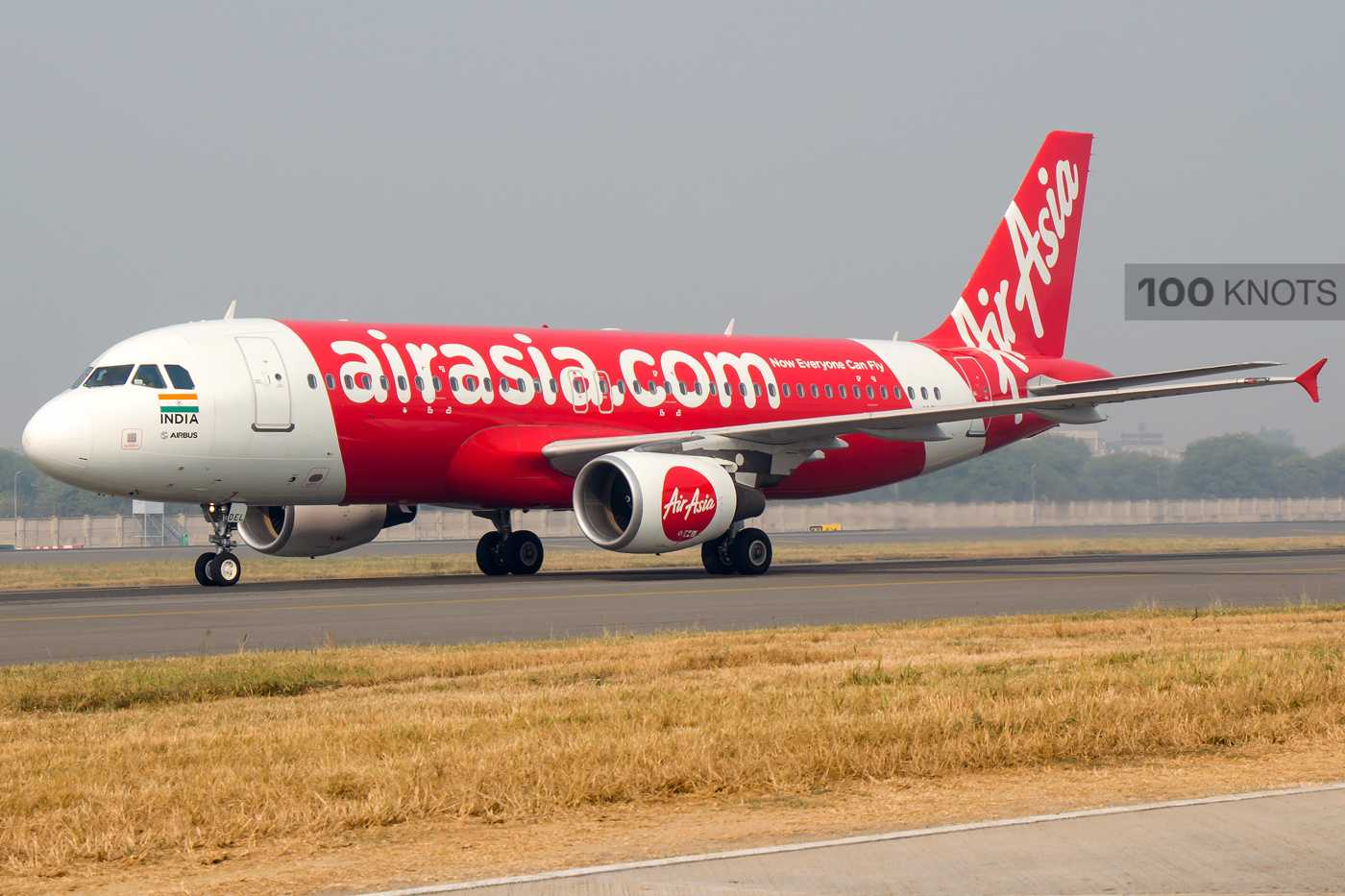
AirAsia India, in collaboration with the aviation regulator Directorate General of Civil Aviation (DGCA), integrated the pilot's flight duty logbook directly from its crew management system to the eGCA platform.
The eGCA platform provides end-to-end solutions and connectivity with regional offices to improve transparency and accountability across all functions of DGCA.
This initiative, as part of DGCA's digitisation programme, will eliminate the need for pilots to hand-fill their flight and simulator duties carried out during their careers in physical logbooks, thereby improving efficiency and transparency.
Pilots were traditionally required to update their pilot logbooks in physical logbooks, as required by the MOCA's Aircraft Rule, 1937 (67A).
However, with the integration of AirAsia India's crew management system with eGCA's logbook API (Application Program Interface), this process will now be digitised, making it simpler, more user-friendly and sustainable.
"We are proud to collaborate with DGCA in integrating our crew management system with eGCA's logbook API. This initiative is a significant step towards improving the efficiency and transparency of the aviation industry and also contributing to sustainability. By eliminating the need for pilots to manually update their pilot logbooks, we are simplifying the process and making it more user-friendly. This initiative in conjunction with DGCA is a testament to our commitment to innovation and digitisation, and we are excited to continue working towards making services simpler and more user-friendly for pilots."
Captain Manish Uppal, Head of Operations, AirAsia India
The eGCA platform provides 298 services, including pilot licensing, to add value to DGCA safety regulations, eliminating operational inefficiencies, improving personal interaction, regulatory reporting, and increasing productivity and transparency.
With this partnership, AirAsia India and DGCA are striving to make services simpler and more user-friendly for pilots, while also enhancing the overall efficiency and transparency of the aviation industry.
In addition to providing accurate real-time pilot flying hours, this integration will also facilitate the timely submission of applications for pilot licensing, renewal and endorsement by eliminating multiple data validation steps.
As a manual intervention in the process is significantly reduced, this will result in faster processing of applications, as the verification of flying data in submitted applications will be considerably streamlined.
Read next
The Directorate General of Civil Aviation (DGCA) has given in to a long-standing request from Air India to permit it to use a common pool of pilots for various aircraft types. This will allow the airline to utilise its crew most effectively during a time of growing pilot shortage by allowing a small batch of its cockpit crew to switch between Boeing 777 and 787 aircraft on a trial basis, according to a report by The Hindu.
Nonetheless, the pilot community and safety experts have emphasised the need for the exercise to be strictly supervised by a third party while still allowing for flexibility in crew utilisation.
The aviation regulating body DGCA authorised mixed fleet trial operations in a letter to Air India on March 3, designating eight pilot examiners (those who accredit other pilots) to take part in the trial's first phase. To transition from one type to the other, the pilots—some of whom fly Boeing 777s and others Boeing 787s—will receive classroom and simulator training. After that, they will be able to fly the new type for at least 150 hours, making at least 10 landings.
Air India Pilots can now fly 2 aircraft types after recent DGCA approval
An anonymous senior DGCA official stated, "This exercise will allow us to gather empirical data and decide the future course of action on scaling up the trial. The official further mentioned that although 16 nations worldwide permit pilot interchangeability, they also did so gradually. The official continued, "The need has been there for a while, but such a decision requires substantial due diligence, which is why it took time.
ALSO READ - Air India to hire 900 pilots & 4200 cabin crew in 2023 after new aircraft order
The decision would allow "captains on both fleets to operate any type, enhancing their experience, professional development, variety, and operational scope, as well as giving the company additional resilience and flexibility," Air India CEO Campbell Wilson wrote in a statement to the company's staff. According to him, Air India will be the first and only airline in India to receive this approval as a result of the decision.
ALSO READ - Air India will require 6500+ pilots for the recently ordered 470 aircraft
Last month, Air India announced an order of 470 aircraft from Airbus and Boeing, which includes 20 Boeing 787s and 10 Boeing 777-9s. This means the airline now requires "7,000-8,000" pilots in the next 10 years which some within the airline described as a “nightmare” situation given that the airline has seen some cancellations on long-haul flights to the U.S. due to existing crew shortages. The airline’s CEO acknowledged this and said that efforts to restore aircraft in disrepair had led to a mismatch.
ALSO READ - From A350s to B777Xs, Air India finalizes the Historic 470 Aircraft deal with Airbus & Boeing
Even though Boeing 787s and 777s are aircraft by the same manufacturer, they have different cockpit instrumentation.
ALSO READ - Air India pilot unions claim shortage of flying crew; slam work schedule
There are significant operational and handling performance differences between various aircraft types. For instance, a pilot who has been trained to fly the Boeing 737 cannot start flying the Airbus A320 right away. He or she would have to complete extra training in order to receive a type rating for the new type. Long periods of classroom study and simulator time are required for this training.
It becomes more difficult when similar aircraft types are involved. The same type ratings apply to numerous types of aircraft. Although they handle similarly in terms of performance, flying them is technically straightforward. Pilots won't require the whole training of a new type rating, just some additional brief instruction to comprehend key distinctions.
Although technically quite different, aircraft can share a type rating if their appearance and handling for pilots are similar enough. This is how long-running aircraft series, despite major technical advancements over time, share a type rating between all variants.
Although type ratings are typically connected with pilots, cabin crew can also hold a type rating for select aircraft that can accommodate up to three or four people. Crew members certified to conduct duty on various aircraft are frequently used by airlines that operate a mixed fleet with a mix of widebody and narrowbody aircraft for maximum operations.
Before operating on an aircraft, cabin crew must complete an aircraft-specific type training and conversion course, just like pilots. Such training must be provided by the airline, which may contract them out to a cabin crew training organisation if it doesn't have a facility of its own.
Cabins of different aircraft types are also configured differently, and a thorough knowledge of these aspects is crucial for flight safety. Cabin crew conversion training covers areas like door operations, slides and rafts, emergency equipment, communications, oxygen systems, and locations of equipment on the aircraft type.
(With Inputs from The Hindu)
Read next
The defence ministry on Friday, March 10 sealed a deal with Hindustan Aeronautics Limited (HAL) to procure six Dornier aircraft for INR 667 crore for the Indian Air Force.
The addition of the six aircraft will further bolster the operational capability of the IAF in remote areas, the defence ministry said announcing the contract.
https://twitter.com/DefenceMinIndia/status/1634168024273137665
The Dornier-228 aircraft is a highly versatile multi-purpose light transport aircraft. It has been developed specifically to meet the manifold requirements of utility and commuter transport as well as for maritime surveillance. The aircraft will have an upgraded fuel-efficient engine coupled with a five-bladed composite propeller.
"The Ministry of Defence, on March 10, signed a contract for procurement of six Dornier-228 aircraft for the Indian Air Force from Hindustan Aeronautics Limited (HAL) for INR 667 crore. The aircraft was used by IAF for route transport roles and communication duties. Subsequently, it has also been used for training of transport pilots of the IAF," it said.
The aircraft is ideally suited for short-haul operations from semi-prepared and short runways of the North East and island chains of India.
ALSO READ - Union Cabinet approves buying 70 HAL HTT-40 basic trainer aircraft for IAF
The Dornier order for HAL comes on the back of an INR 6,838-crore contract awarded to it by the defence ministry for 70 HTT-40 basic trainer aircraft. The new trainer aircraft, a longstanding need, will provide a boost to the ab initio training of air force pilots. Basic trainers figure on the long list of weapons and systems that India has imposed an import ban on during the last 30 months. HAL will supply the Hindustan Turbo Trainer-40 (HTT-40) planes to IAF over six years.
Currently, ab initio training of all rookie pilots is carried out on Swiss-origin Pilatus PC-7 MkII planes and Kiran Mk-1/1A trainers. Those training to become fighter pilots further train on the British-origin Hawk advanced jet trainers.
Read next
All seven Adani airports saw an increase of 92% in domestic and 133% in international travellers. Similarly, there has been a rise of 58% and 61% in the number of domestic and international flights respectively.
Air traffic jumped by around 100% compared to the previous year, taking the number to pre-pandemic levels with more than 14.25 million passengers using these airports over last year.
According to a spokesperson of Adani Airports Holdings Ltd, this upward trend is expected to continue, and it is anticipated that the number of trips people will take in a year will increase. One of the factors driving this growth is the restart of tourism after the pandemic.
Being the second busiest airport in the country, Mumbai's Chhatrapati Shivaji Maharaj International Airport (CSMIA) recorded nearly 8.44 million passenger movements in January-February 2023. CSMIA witnessed nearly 2.22 million international and 6.22 million domestic passengers.
7 Adani airports handled record 14.25 million passengers in 2022
The first two months also saw a huge rush at Sardar Vallabhbhai Patel International (SVPI) airport, Ahmedabad. It had 1.74 million domestic passengers flying in and out of the airport. It recorded 283,379 international travellers.
Jaipur is the 11th busiest airport in the country. Jaipur International Airport (JIAL) recorded nearly 0.95 million passenger movements. Exhibiting significant growth, JIAL witnessed nearly 69,300 international and around 0.88 million domestic passengers.
ALSO READ - Lucknow’s CCSIA Strengthens Airport infrastructure
Being the busiest airport in Uttar Pradesh, Lucknow's Chaudhary Charan Singh International Airport (CCSIA) recorded nearly 1.04 million passenger movements in both months. CCSIA witnessed a fruitful first two months with nearly 136,880 international and around 9.03 lakh domestic passengers.
Considered the gateway to Northeast India, Lokpriya Gopinath Bordoloi International (LGBI) Airport (Guwahati) has flights to and from 32 domestic and two international destinations. It recorded a footfall of 902,694 passengers, witnessing a sharp increase from the corresponding months last year.
Thiruvananthapuram Airport recorded 299,850 and 299,770 domestic and international footfalls, respectively. The airport has connectivity to 10 domestic and 12 international destinations. Mangalore Airport saw increased traffic of 209,713 national and 84,356 foreign travellers.
ALSO READ - Mumbai International Airport sets a new record, handling 1.50 lakh passengers in one day
Both CSMIA and CCSIA handled record passenger movement on a single day. While Mumbai recorded around 1,51,543 travellers on February 25, 2023, Lucknow witnessed over 18,000 passengers on January 31, 2023, transiting through the airports.
The traffic growth is evidence of Adani Airports’ attempts to promote passenger confidence through initiatives like e-gates, barcode scanners, friendly and cooperative ground staff, Pranam Service, free WiFi, retail and F&B stores, and automated parking system, etc. for a better customer experience and safety standards adopted across all airports.
This rise was driven by positive sentiments among air travellers and a strong surge due to the festive holiday season. The operator is well aware of both the challenges and opportunities that come with high passenger volumes, particularly during holiday seasons, because these may vary daily or even hourly depending on the schedule of flights.
India's per capita air passenger traffic (ie., total air passengers/total population) stands at 0.12. It is 2.7 (22x) for the United States and 0.31 (2.5x) for China, indicating the massive potential for Indian aviation.
India is expected to have 1 billion passengers by 2040 and the expected CAGR (compound annual growth) for the next 20 years is 8.5%. As many as 31 cities are expected to have dual airports system while Delhi-NCR, Mumbai metropolitan region and Bangalore will potentially have three.
The number of operational airports is expected to cross 200 with total capex requirement exceeding USD 100 billion (including landside developments). The number of Adani airports serving over 10 million passengers in a year will zoom from 7 to 47.
ALSO READ - Adani pays AAI INR 2,440 crore to take control of six airports

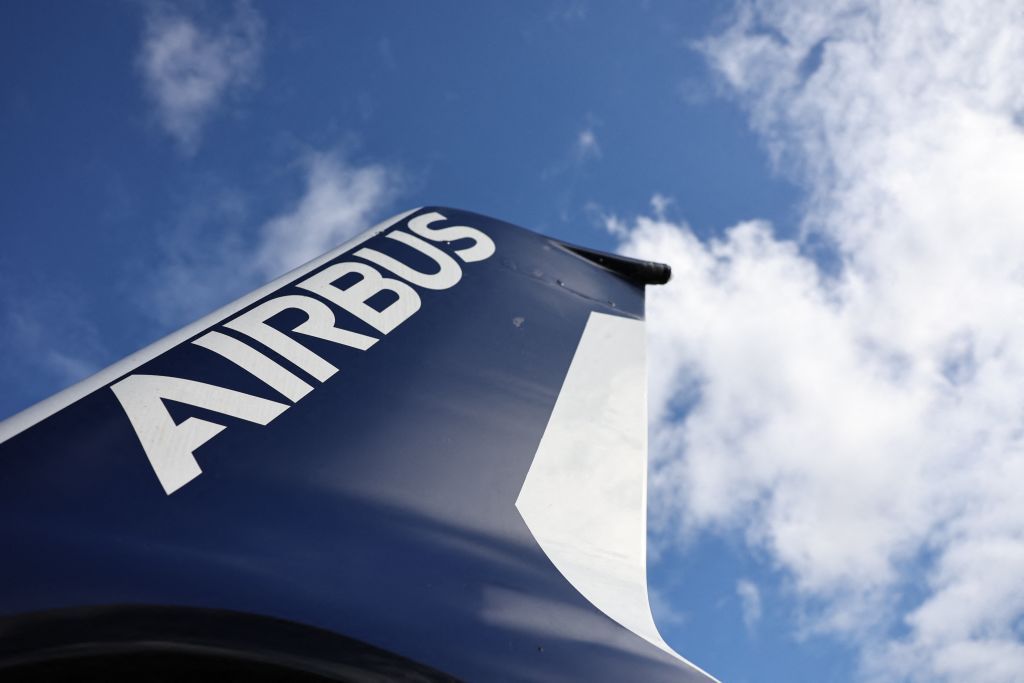
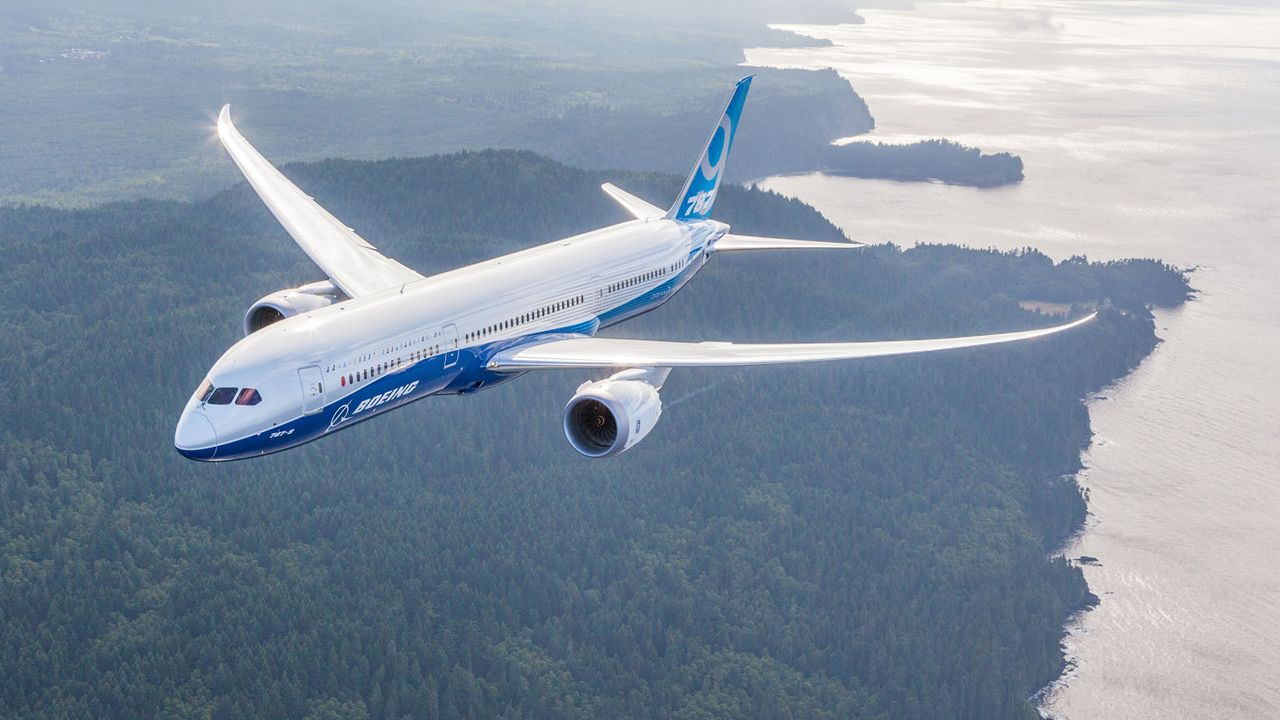

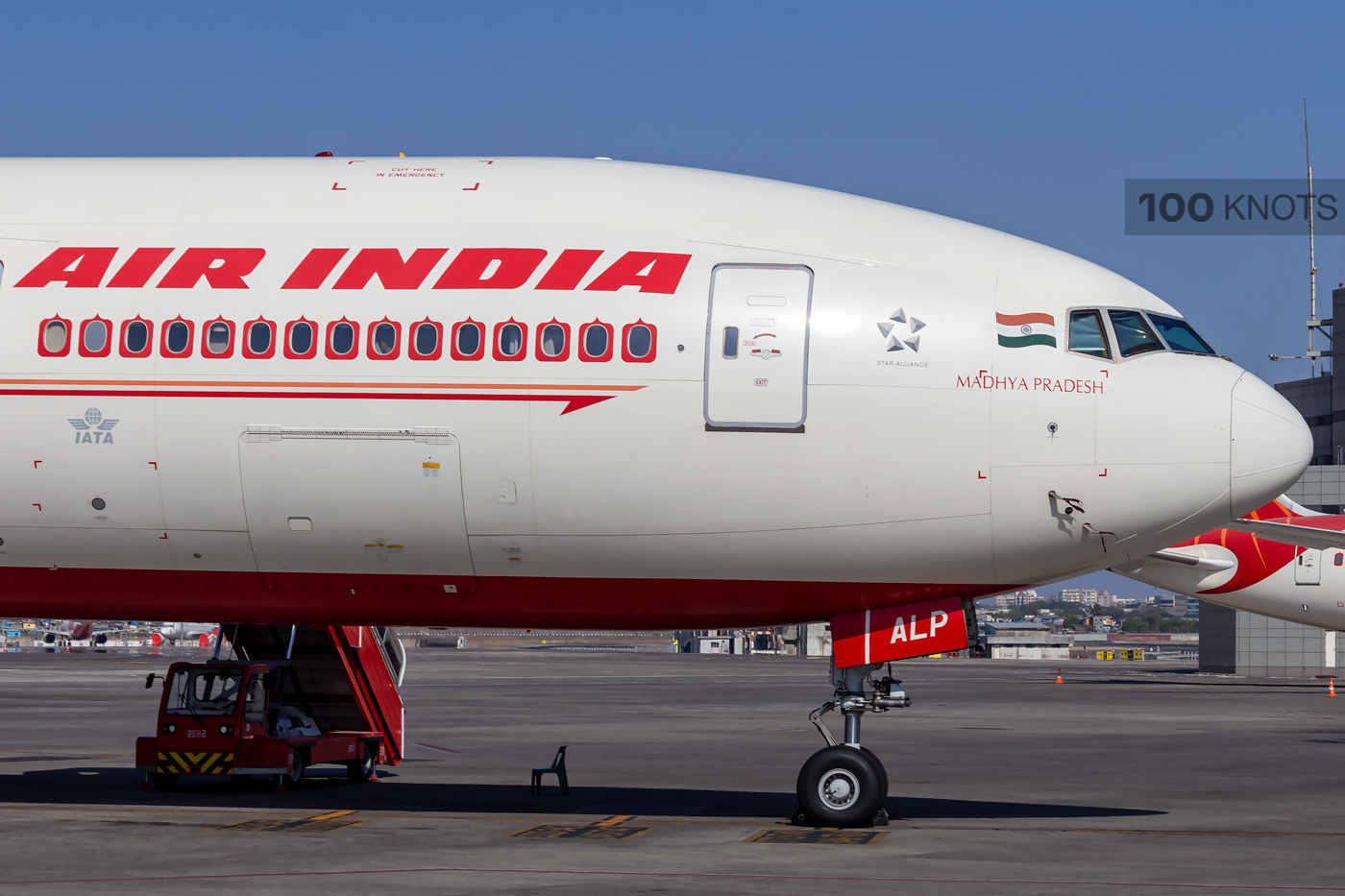
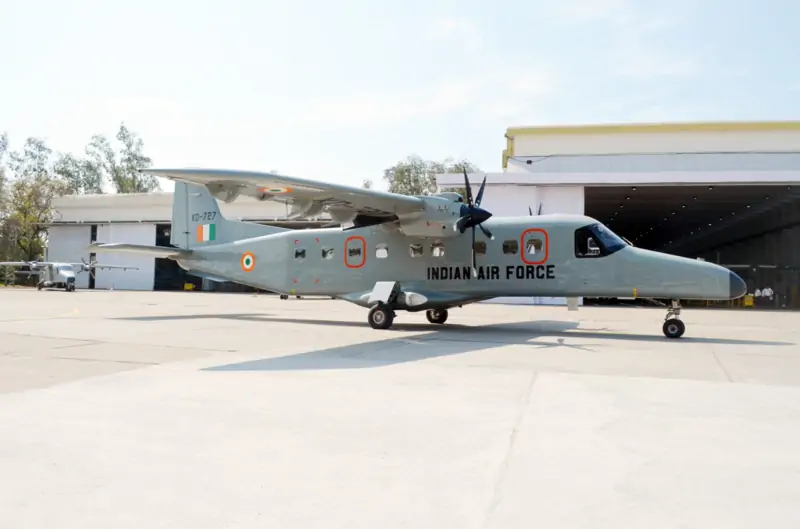
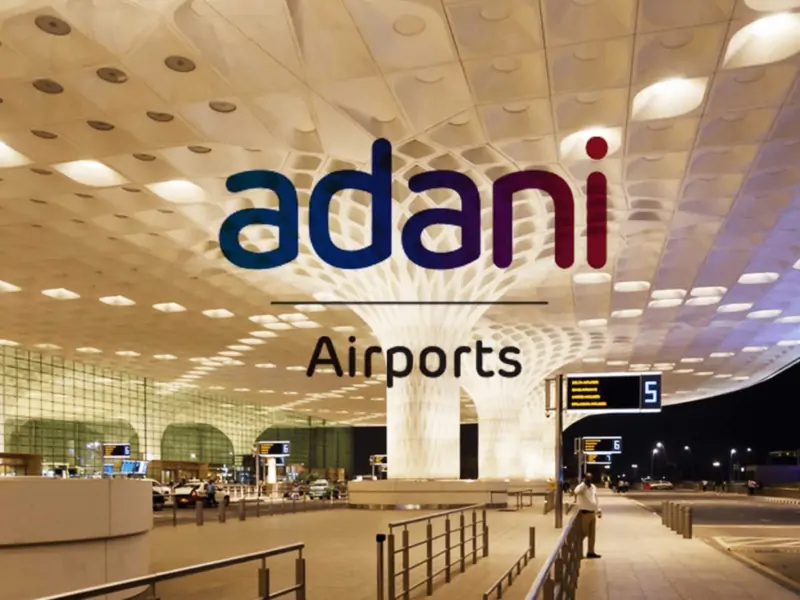
Comment